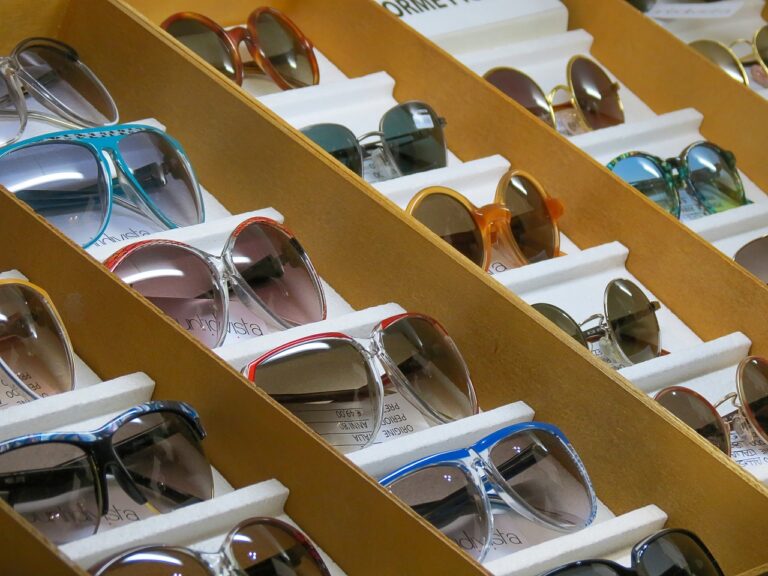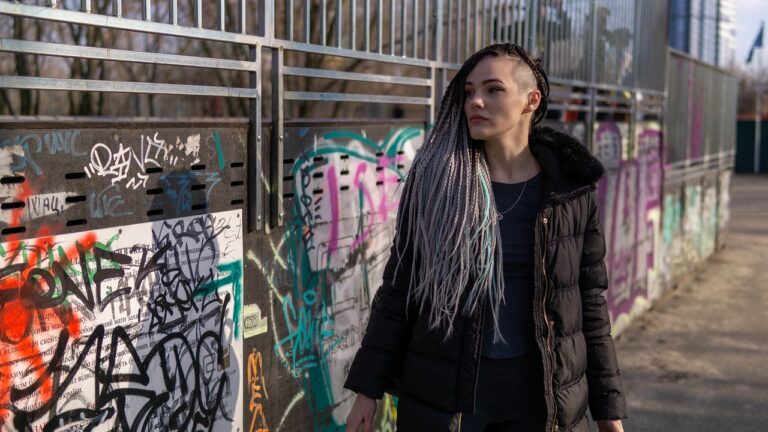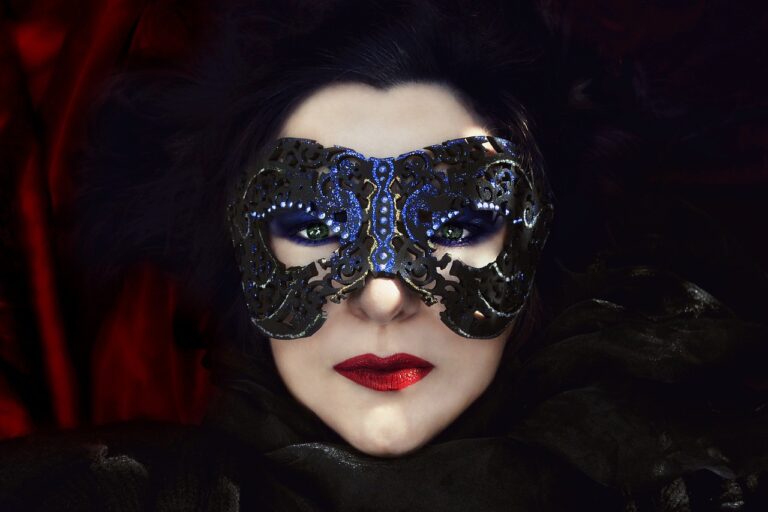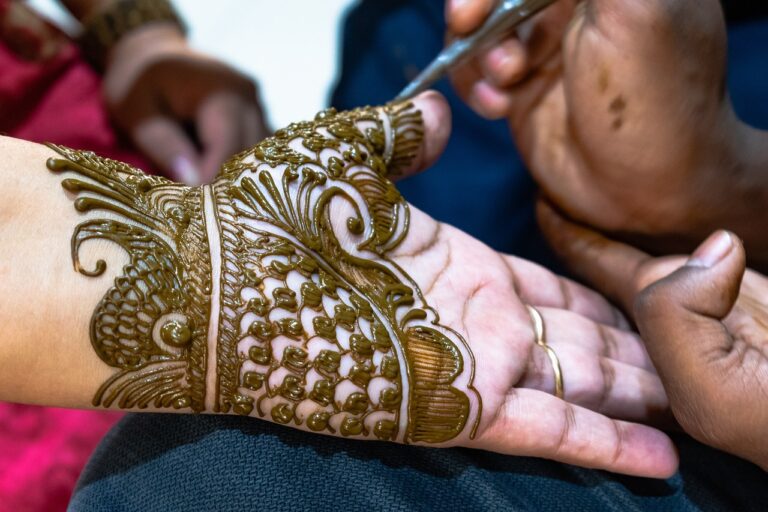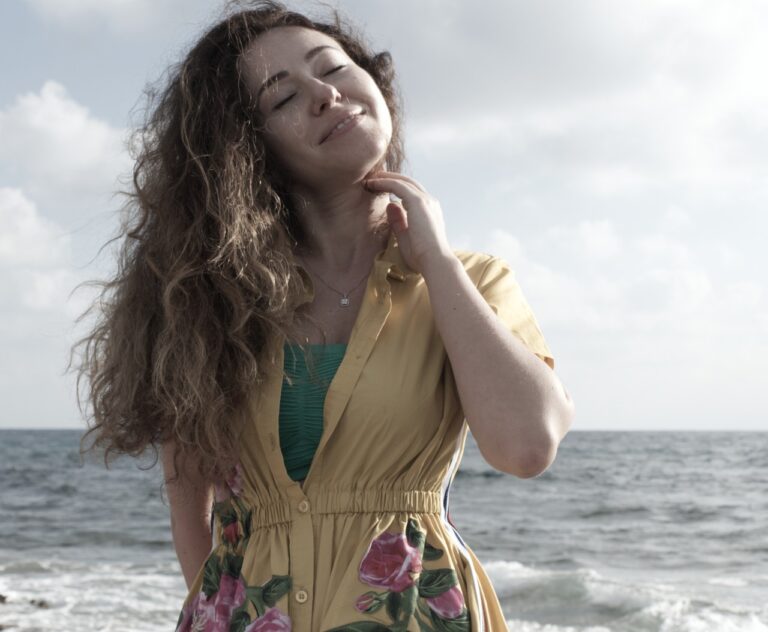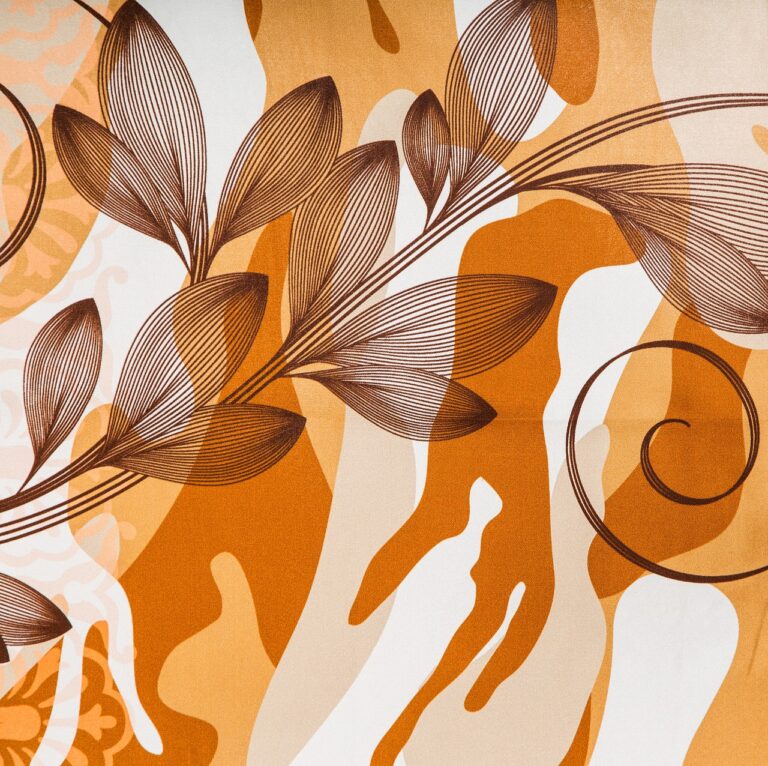The Intersection of Fashion and Technology: AR, VR, and Beyond
When we think of fashion, we often think of runways, models, and haute couture. However, the fashion industry is no longer just about clothes and accessories. With the rapid advancement of technology, fashion has seamlessly integrated with cutting-edge innovations like Augmented Reality (AR) and Virtual Reality (VR) to create immersive and interactive experiences for consumers.
Augmented Reality (AR) in Fashion
Augmented Reality (AR) has transformed the way consumers interact with fashion brands. By superimposing digital content onto the real world, AR technology allows customers to virtually try on clothes, shoes, and accessories with just a smartphone or tablet. This not only enhances the shopping experience but also reduces the need for physical store visits, making it convenient for shoppers to make informed purchasing decisions from the comfort of their homes.
Virtual Reality (VR) in Fashion
Virtual Reality (VR) takes the immersive experience a step further by creating a fully computer-generated environment that users can explore and interact with. In the fashion industry, VR technology is being used to create virtual fashion shows, where viewers can experience the latest collections up close and personal without having to attend a physical event. This not only makes fashion more accessible but also opens up new possibilities for creative expression and storytelling.
The Future of Fashion and Technology
As technology continues to evolve, the intersection of fashion and technology will only grow stronger. From AI-powered personal shopping assistants to 3D-printed custom clothing, the possibilities are endless. As consumers become more tech-savvy and demand more personalized experiences, fashion brands will need to embrace innovation to stay ahead of the curve.
Challenges and Opportunities
While the integration of technology in fashion offers numerous benefits, it also presents challenges. Privacy concerns, ethical considerations, and environmental impact are just a few issues that need to be addressed. However, with careful planning and responsible implementation, fashion brands can leverage technology to enhance sustainability, transparency, and inclusivity in the industry.
Conclusion
The intersection of fashion and technology is a powerful force that is reshaping the way we experience and engage with clothing and accessories. By embracing AR, VR, and other innovative technologies, fashion brands can create memorable and meaningful experiences that resonate with consumers on a deeper level. As we look towards the future, the possibilities are endless, and the only limit is our imagination.
FAQs
Q: Can AR and VR technology be used in retail stores?
A: Yes, many fashion retailers are incorporating AR and VR technology into their stores to enhance the shopping experience for customers.
Q: How can consumers access AR and VR experiences?
A: Consumers can access AR and VR experiences through mobile apps, websites, and VR headsets.
Q: Are there any ethical concerns with using AR and VR in the fashion industry?
A: Yes, ethical concerns such as data privacy and virtual body image representation have been raised with the use of AR and VR in fashion.


